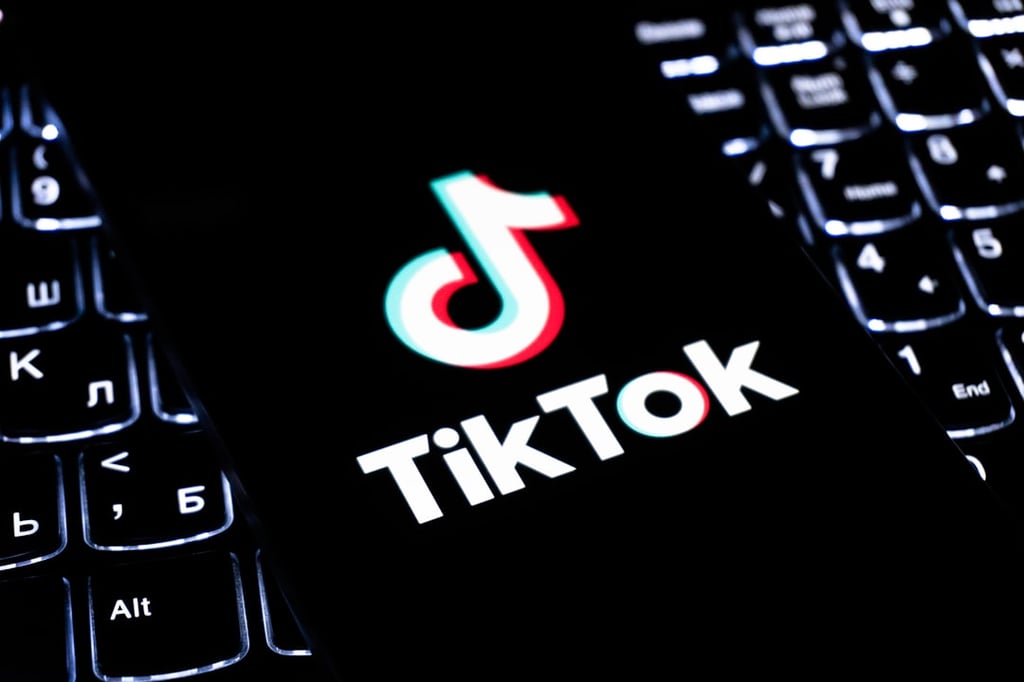Wearables are well on their way to following tablets as the next hot product category. The Wearable Future, a new report from PricewaterhouseCoopers (PwC), indicates that 20 percent of U.S. adults already own a wearable device. PwC surveyed 1,100 consumers for the study, including 314 wearable technology users. It’s a figure that matches the adoption […]
Datamation content and product recommendations are
editorially independent. We may make money when you click on links
to our partners.
Learn More
Wearables are well on their way to following tablets as the next hot product category.
The Wearable Future, a new report from PricewaterhouseCoopers (PwC), indicates that 20 percent of U.S. adults already own a wearable device. PwC surveyed 1,100 consumers for the study, including 314 wearable technology users.
It’s a figure that matches the adoption rate of tablets in 2012, and like tablets, the number is expected to quickly rise. But not without some challenges along the way.
Vendors will need to work on keeping buyers engaged, assuaging their fears and providing them with a solid reason to invest in more technology. A sizable numbers of respondents, 33 percent, that bought a wearable more than a year ago no longer use it or slap it on infrequently, PwC found.
Privacy is also a concern. A whopping 82 percent of those surveyed expressed worries that wearables would compromise their privacy. Another 86 percent were concerned that such devices could make them the victims of security breaches.
For some, smartphones already fit the bill. “Throughout our research, consumers repeatedly wanted to lump the smartphone into the wearable category—to them, we are already ‘wearing’ our phones everywhere,” stated the report. “For wearable products to take off, they will need to carve out a distinct value proposition that a phone alone cannot deliver.”
Regardless, the appetite for wearables is clearly present, which bodes well for Apple Watch. Fifty-three percent of millenials and 54 percent of early adopters said they were excited about what the future holds for wearable tech.
Wearables at Work
In the workplace, wearables are not only poised to help businesses increase efficiency, but also lower healthcare costs for their employees. “[Seventy percent] of consumers say they would wear employer-provided wearables streaming anonymous data to a pool in exchange for a break on their insurance premiums,” stated the report.
If enterprises plan to leverage wearables and productivity-enhancing benefits, PwC warns that data consistency, particularly in the Big Data era, is a must. Technology vendors will also need to rethink how they deliver software and services to wearable device users.
“The practice known as ‘human-centered design’ is one that reshapes an entire enterprise and its capabilities system around the customer or user experience,” said the report. “This practice is critical to the success of wearable devices—design thinking must be embedded in disruptive strategy and innovation, with a focus on optimizing the customer experience.”
PwC’s study noted that most wearables in the market come up short in this department.
Yet, when properly deployed, wearables can streamline workforce training and help businesses streamline their processes. Companies like Virgin Atlantic, Progressive Insurance and the Container Store are already employing wearable tech to improve the bottom line, revealed PwC.
Pedro Hernandez is a contributing editor at Datamation. Follow him on Twitter @ecoINSITE.
Photo courtesy of Shutterstock.
-
Ethics and Artificial Intelligence: Driving Greater Equality
FEATURE | By James Maguire,
December 16, 2020
-
AI vs. Machine Learning vs. Deep Learning
FEATURE | By Cynthia Harvey,
December 11, 2020
-
Huawei’s AI Update: Things Are Moving Faster Than We Think
FEATURE | By Rob Enderle,
December 04, 2020
-
Keeping Machine Learning Algorithms Honest in the ‘Ethics-First’ Era
ARTIFICIAL INTELLIGENCE | By Guest Author,
November 18, 2020
-
Key Trends in Chatbots and RPA
FEATURE | By Guest Author,
November 10, 2020
-
Top 10 AIOps Companies
FEATURE | By Samuel Greengard,
November 05, 2020
-
What is Text Analysis?
ARTIFICIAL INTELLIGENCE | By Guest Author,
November 02, 2020
-
How Intel’s Work With Autonomous Cars Could Redefine General Purpose AI
ARTIFICIAL INTELLIGENCE | By Rob Enderle,
October 29, 2020
-
Dell Technologies World: Weaving Together Human And Machine Interaction For AI And Robotics
ARTIFICIAL INTELLIGENCE | By Rob Enderle,
October 23, 2020
-
The Super Moderator, or How IBM Project Debater Could Save Social Media
FEATURE | By Rob Enderle,
October 16, 2020
-
Top 10 Chatbot Platforms
FEATURE | By Cynthia Harvey,
October 07, 2020
-
Finding a Career Path in AI
ARTIFICIAL INTELLIGENCE | By Guest Author,
October 05, 2020
-
CIOs Discuss the Promise of AI and Data Science
FEATURE | By Guest Author,
September 25, 2020
-
Microsoft Is Building An AI Product That Could Predict The Future
FEATURE | By Rob Enderle,
September 25, 2020
-
Top 10 Machine Learning Companies 2021
FEATURE | By Cynthia Harvey,
September 22, 2020
-
NVIDIA and ARM: Massively Changing The AI Landscape
ARTIFICIAL INTELLIGENCE | By Rob Enderle,
September 18, 2020
-
Continuous Intelligence: Expert Discussion [Video and Podcast]
ARTIFICIAL INTELLIGENCE | By James Maguire,
September 14, 2020
-
Artificial Intelligence: Governance and Ethics [Video]
ARTIFICIAL INTELLIGENCE | By James Maguire,
September 13, 2020
-
IBM Watson At The US Open: Showcasing The Power Of A Mature Enterprise-Class AI
FEATURE | By Rob Enderle,
September 11, 2020
-
Artificial Intelligence: Perception vs. Reality
FEATURE | By James Maguire,
September 09, 2020
SEE ALL
ARTICLES









